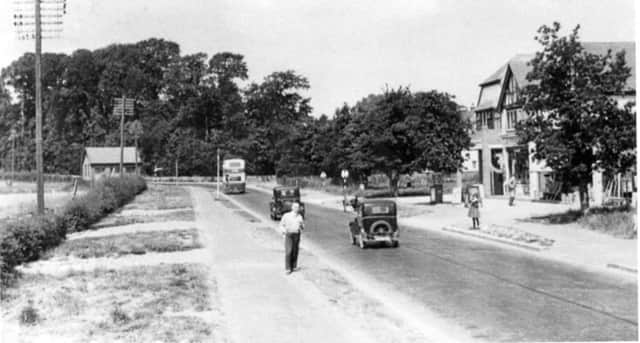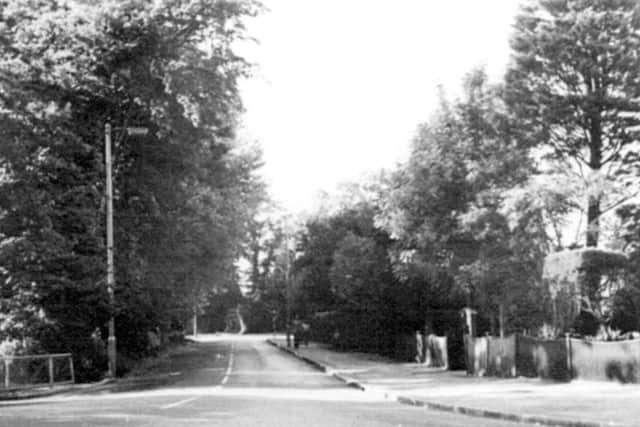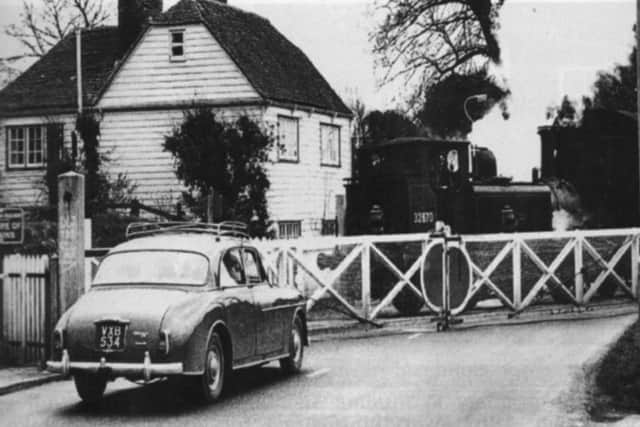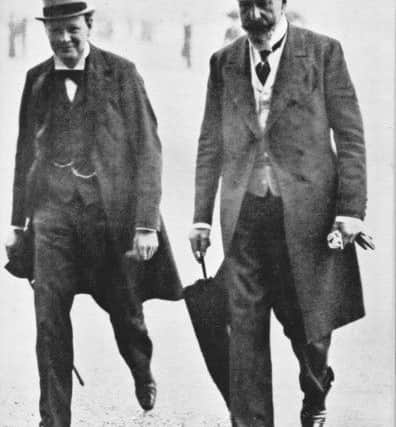NOSTALGIA: Roman legions once marched through John Pile's Bedhampton garden


Above, believe it or not, we are looking west along Bedhampton Road, Bedhampton, on what was then the main A27 from Chichester to Cosham and onward to the west.
To the right are the shops on the corner of Lester Avenue. The bus is approaching the junction with Hulbert Road which takes traffic to Waterlooville.
Advertisement
Hide AdAdvertisement
Hide AdI would think this was a late 1940s’ scene but stand to be corrected if anyone knows differently.


In the second picture the photographer has moved west to the actual junction of the old A27 with Hulbert Road.
As we know, the A27 is a former Roman Road which passed from Chichester (Noviomagus Reginorum) to Bitterne (Clausentum).
If it were still the case, the road would have passed through the fence on the left and under the houses of the Belmont Estate and then across the fields to the north of Portsdown Hill until reaching Bitterne on the outskirts of Southampton.
Advertisement
Hide AdAdvertisement
Hide AdA colleague of mine, John Pile, lived on that estate and dug down three feet in his back garden to find the road which was still in situ.


•With the modern wide-road layout of Langstone Road today you would not believe the third photo is the road in the days of the Hayling Billy branch line from Havant to South Hayling.
As we know, the last timetabled train ran in November 1963. The line remained in place for many years afterwards, but with modern traffic increasing throughout the 1960s and 1970s the gates were demolished and a new road built alongside the old road.
Where the car can be seen in the photograph is now part of the road leading to houses in what is now called Langstone Avenue.
Advertisement
Hide AdAdvertisement
Hide AdThe white-boarded house behind the locomotive was used by a crossing keeper.


It is still there but somewhat dilapidated and no longer lived in at the time of writing.
•Last Saturday week I made an error, thanks to losing my glasses, and used the wrong picture of Prince Louis of Battenberg.
It was his son Louis, Earl Mounbatten of Burma that was published. So let’s put the record straight.
Here is the right man. At this time he was the First Sea Lord and here we see him crossing Horseguards Parade in London with the then First Lord of the Admiralty Winston Churchill.